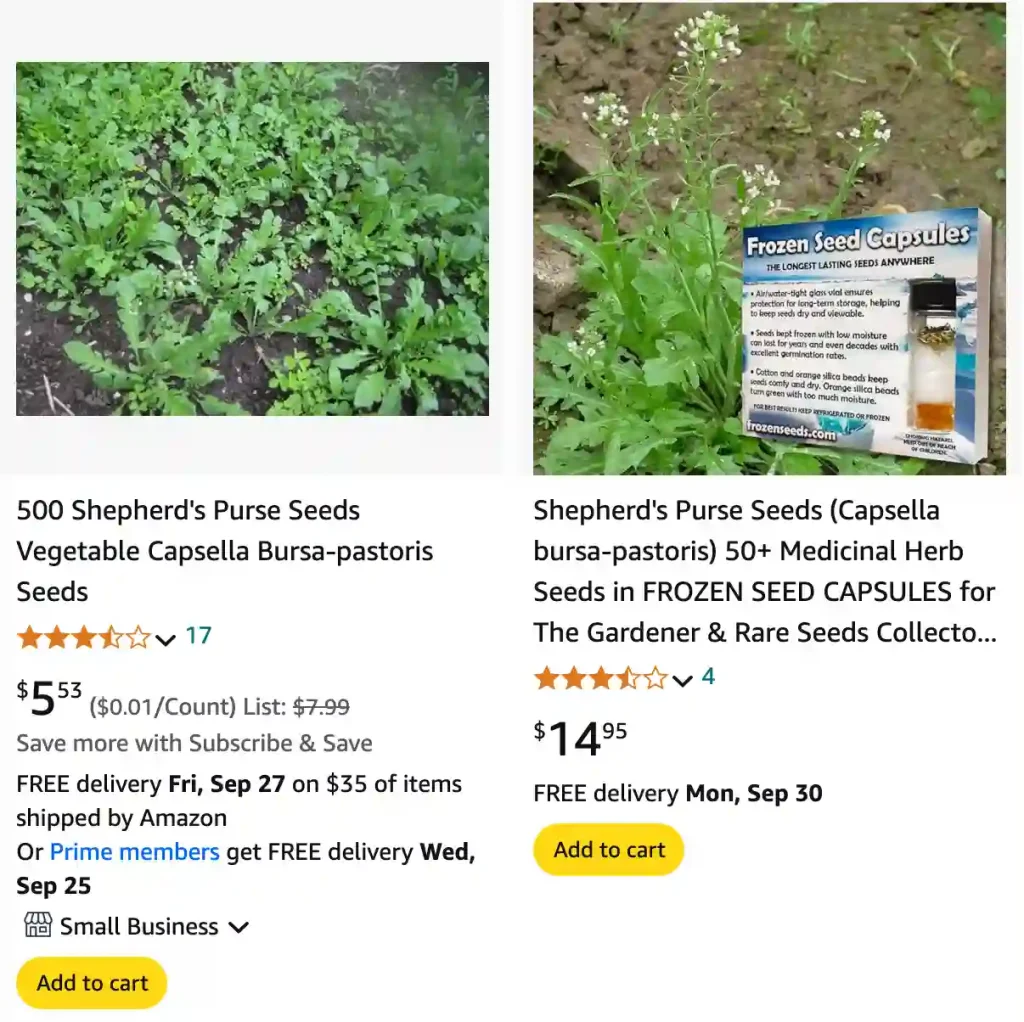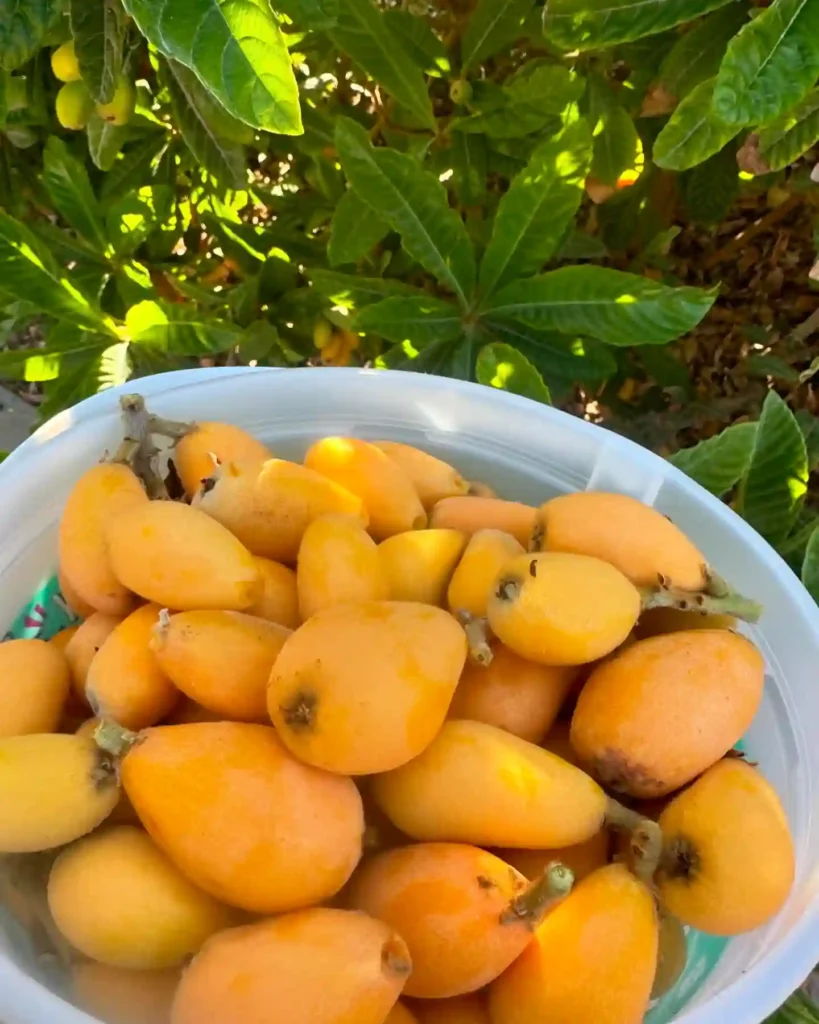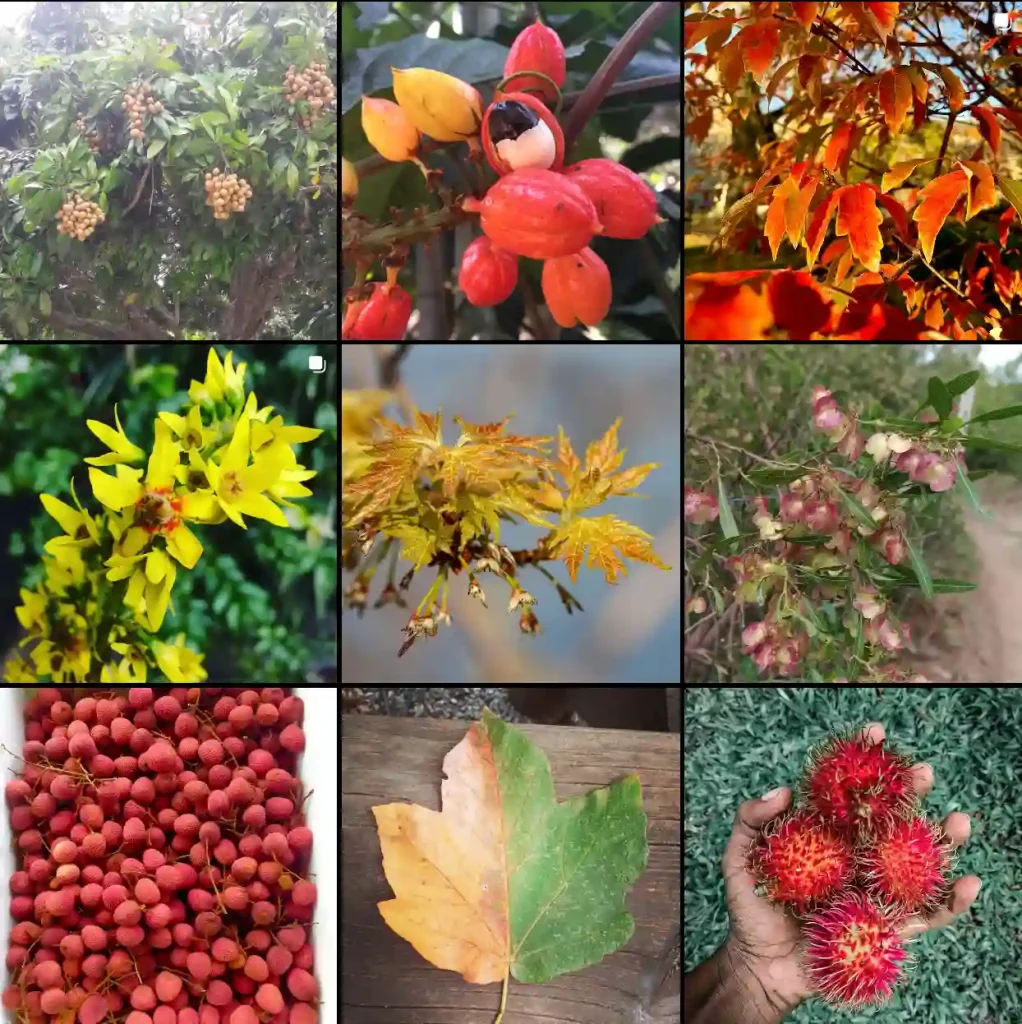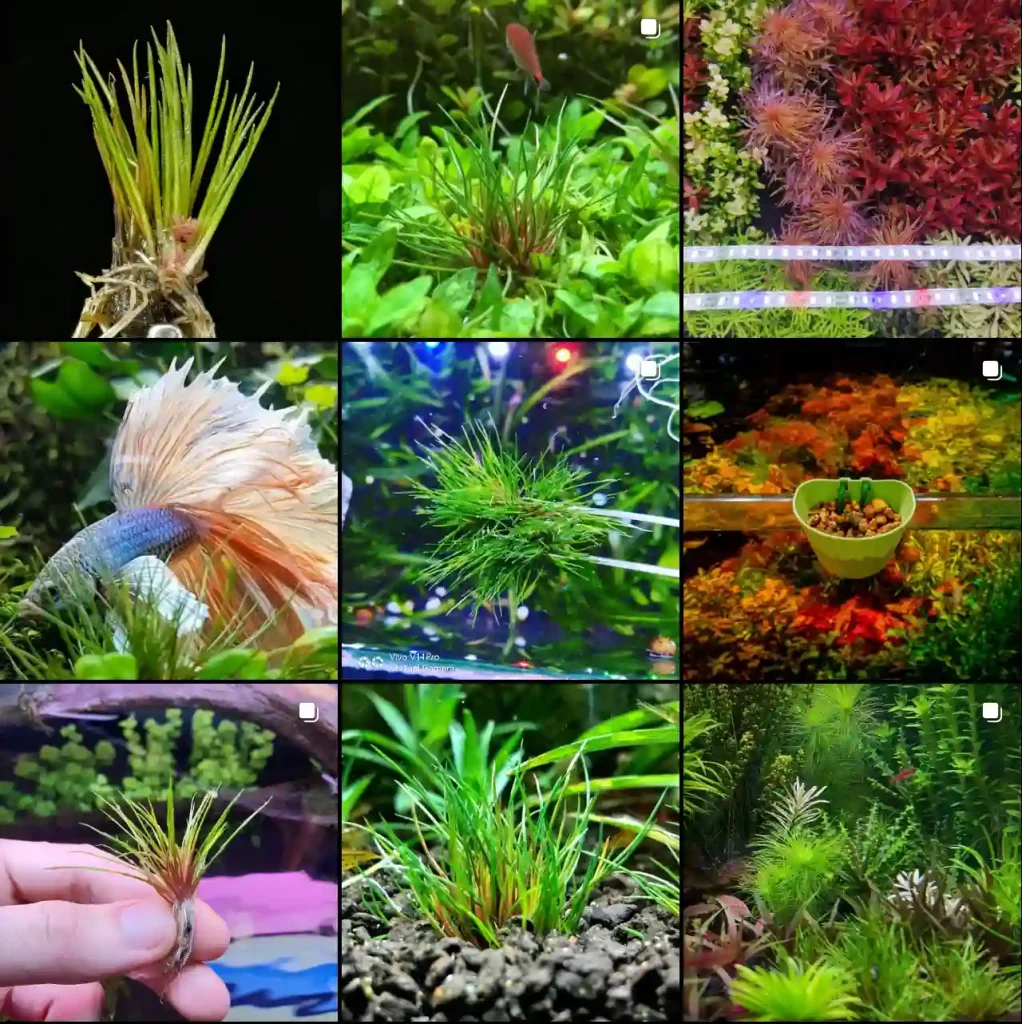
FAQs About Capsella Genus
As someone who loves exploring the diverse world of plants, I often find myself diving deep into the intricacies of different genera. One that recently piqued my interest is the Capsella genus. Whether you’re a beginner or an experienced gardener, you might have a few questions about this intriguing plant. Here’s what I’ve learned.
What is Capsella?
Capsella is a genus of flowering plants in the mustard family, Brassicaceae. One of the most well-known species within this genus is Capsella bursa-pastoris, commonly known as shepherd’s purse. This small herbaceous plant is recognized for its heart-shaped seed pods, which have a distinctive appearance.
Capsella species
- Capsella bursa-pastoris (L.) Medik.
- Capsella × gracilis Gren.
- Capsella grandiflora (Fauché & Chaub.) Boiss.
- Capsella lycia Stapf
- Capsella mexicana Hemsl.
- Capsella orientalis Klokov
- Capsella rubella Reut.
- Capsella tasmanica (Hook.) F.Muell.
Is Capsella a Monocot or Dicot?
When it comes to plant classification, understanding whether a plant is a monocot or dicot can be helpful. Capsella is classified as a dicot. This means it has two seed leaves, or cotyledons, which is a common characteristic of dicots. Knowing this can aid in understanding its growth patterns and characteristics compared to monocots.
Is Capsella Still Made?
You might be wondering about the relevance of Capsella in today’s gardening world. The answer is yes, Capsella is still cultivated, especially for its medicinal properties. It has a long history of use in traditional medicine for treating various ailments. Today, you can find it in gardens and herbal shops, reflecting its enduring popularity.
How to Care for Capsella?
Caring for Capsella is relatively straightforward. It thrives in well-drained soil and prefers full sun to partial shade. Regular watering is essential, but be cautious not to overwater, as this can lead to root rot. In my experience, it’s best to let the soil dry slightly between waterings. If you’re in a region with colder winters, providing some mulch can help protect the roots.
How to Propagate Capsella?
Propagation of Capsella can be done through seeds. I’ve found that starting seeds indoors can give you a head start before transplanting them outside. Sow the seeds about ¼ inch deep and keep them moist until they germinate. Once the seedlings have a few leaves, you can transplant them into your garden or pots.
Can You Grow Capsella Indoors?
Yes, you can grow Capsella indoors! I’ve tried growing it in pots on my windowsill, and it thrives well. Just ensure it receives plenty of light, ideally around six hours of indirect sunlight daily. Indoor growing can also help keep pests at bay, making it a great option for urban gardeners.
What to Plant With Capsella?
Capsella pairs well with other plants in the Brassicaceae family, such as kale and radishes. Their growth habits and nutrient needs align nicely, creating a harmonious garden space. Additionally, companion planting with flowers like marigolds can help deter pests.
Is Capsella Toxic?
One common concern with many plants is their toxicity. Fortunately, Capsella is generally considered non-toxic to humans and pets. However, as with any plant, it’s wise to supervise pets around it, especially if they have a tendency to chew on greenery.
Benefits of Capsella
The benefits of Capsella extend beyond its ornamental value. Traditionally, it has been used for its anti-inflammatory properties and is known to aid in wound healing. The leaves can also be added to salads, offering a nutritious boost. Personally, I enjoy incorporating it into my dishes for both its flavor and health benefits.
Common Problems with Capsella
Like any plant, Capsella can encounter a few issues. Pests such as aphids can occasionally be a problem, especially if the plants are stressed. Keeping a close eye on your plants and addressing any pest problems early on is crucial. I’ve found that a simple spray of water can often dislodge aphids, making it an easy fix.
Compare Capsella with Other Similar Plants
When comparing Capsella with other plants like Brassica or Raphanus (radishes), you’ll notice that while they share some similarities—being in the same family—they differ in their growth habits and uses. For instance, while Brassica is often grown for its edible leaves, Capsella is more commonly recognized for its unique seed pods and traditional medicinal uses.
In conclusion, the Capsella genus is an interesting and versatile group of plants that can add both beauty and utility to your garden. Whether you’re interested in its care, propagation, or benefits, I hope this overview helps clarify some of your questions. Happy gardening!
If i die, water my plants!



